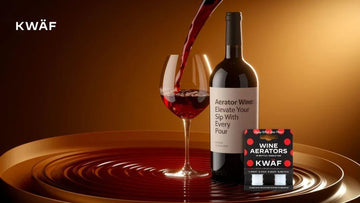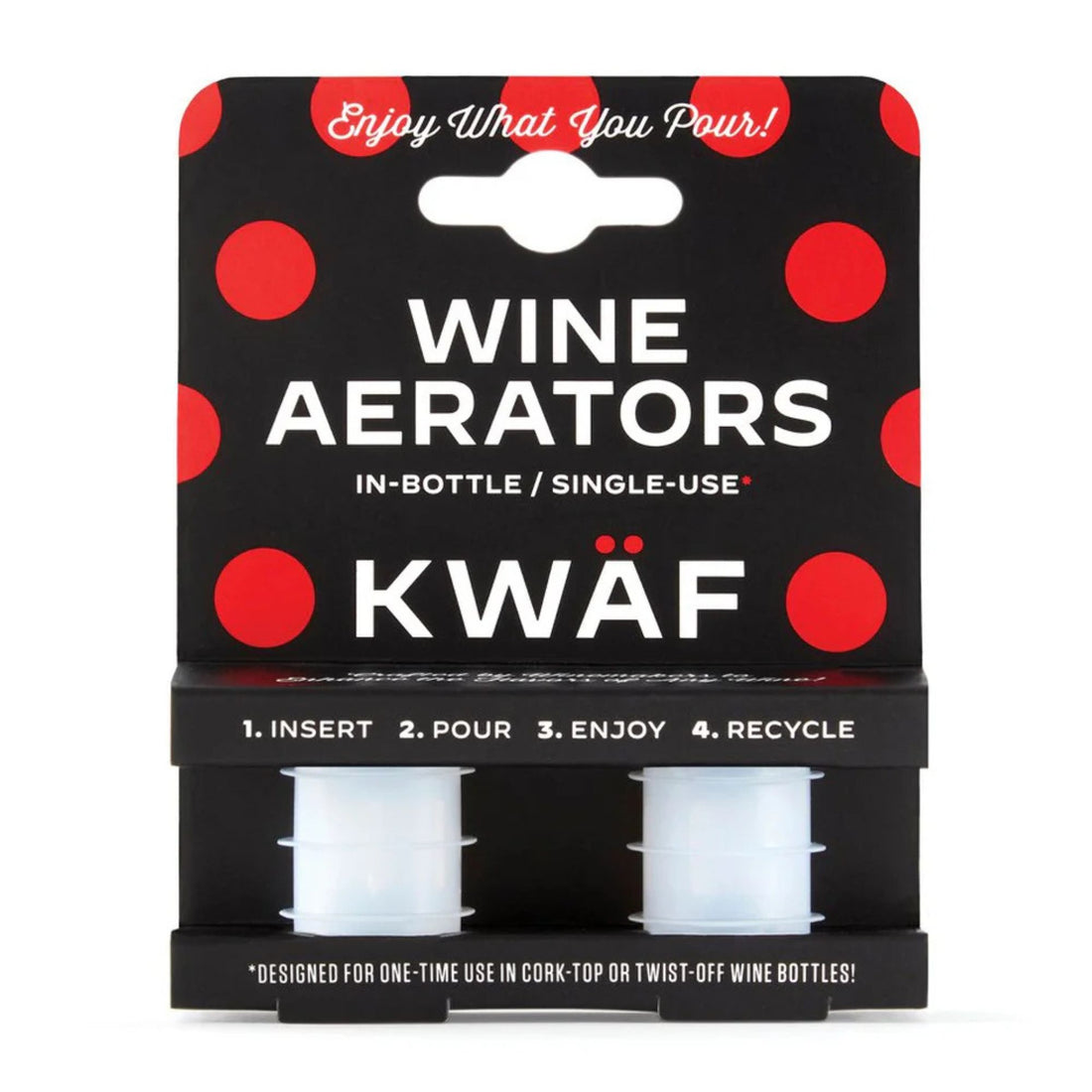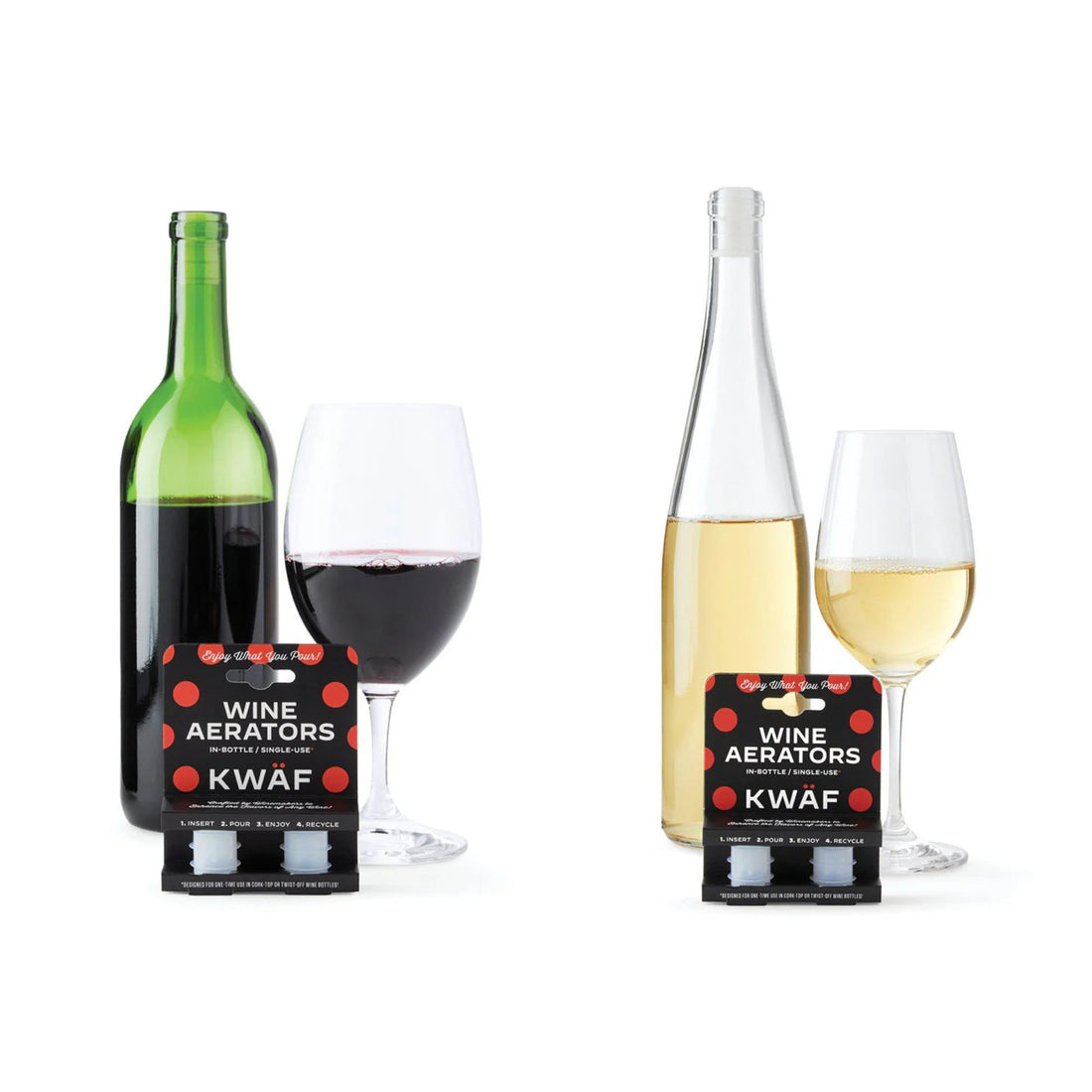Navigating the world of red wine can be an adventure, but for many, it can also be a daunting task. Understanding the sweetness levels can be particularly challenging with so many varieties and styles available. Fortunately, the red wine sweetness chart is here to help decode this aspect of wine tasting. In this article, we'll deeply dive into understanding the red wine sweetness chart, demystifying its intricacies, and confidently empowering you to choose the perfect red wine for your palate.
Understanding the Red Wine Sweetness Chart
What is the Red Wine Sweetness Chart?
The red wine sweetness chart is a visual representation that categorizes red wines based on their perceived sweetness levels. It provides a handy reference for wine enthusiasts to understand where a particular wine falls on the sweetness spectrum, ranging from bone-dry to lusciously sweet.
Deciphering the Sweetness Scale
At first glance, the sweetness scale on the chart might seem overwhelming, but it's pretty straightforward. The scale typically ranges from dry to sweet, varying degrees in between. Each wine is assigned a position on the scale, indicating its relative sweetness compared to others.
Identifying Sweetness Levels
To effectively use the red wine sweetness chart, it's essential to familiarize yourself with the different sweetness levels:

- Dry: Dry wines have little residual sugar, giving them a clean, refreshing flavor with almost no sweetness.
- Off-Dry: Slightly sweeter than dry red wines, off-dry reds offer a hint of sweetness without overpowering. They balance dry and sweet, making them versatile and appealing to various palates.
- Medium: Falling in the middle of the sweetness scale, medium red wines offer moderate sweetness, contrasting their acidity and tannins.
- Sweet: On the sweeter end of the spectrum, sweet red wines are rich and full-bodied, with a noticeable sweetness that enhances their fruity flavors.
How to Use the Red Wine Sweetness Chart
Pairing with Food
One of the most practical applications of the red wine sweetness chart is in pairing wine with food. Knowing how much sugar is in red wine can help you pair it with food more effectively. For example:
- Dry Red Wines: Pair well with savory dishes such as grilled meats, aged cheeses, and earthy vegetables.
- Off-Dry Red Wines: Complement spicy or tangy dishes, as the slight sweetness can help balance the flavors.
- Medium Red Wines: Versatile enough to pair with various foods, including poultry, pasta, and seafood.
- Sweet Red Wines: Best enjoyed with desserts or as a standalone treat, as their sweetness can overwhelm savory dishes.
Personal Preference
Understanding your taste preferences is another way to leverage the red wine sweetness chart. If you prefer dry wines, you'll gravitate towards those on the drier end of the spectrum. Conversely, if you have a sweet tooth, you'll likely enjoy wines positioned towards the sweeter side of the chart.
Exploring Red Wine Varietals
Diversity of Red Wine Grapes
Red wine has various varietals, each with unique characteristics and flavor profiles. From bold and tannic to light and fruity, a red wine varietal suits every preference. Some common red wine grape varietals include:
- Cabernet Sauvignon: Red wine connoisseurs who like full-bodied wines with noticeable tannins often choose Cabernet Sauvignon for its distinctive blackcurrant and cedar notes.
- Merlot: Offering a softer, more approachable alternative to Cabernet Sauvignon, Merlot is prized for its smooth texture and notes of plum and cherry.
- Pinot Noir: Pinot Noir wines are renowned for their subtlety and depth; they have a velvety texture and show off aromas of earth, spice, and red berries.
- Syrah/Shiraz: Depending on its origin, Syrah/Shiraz can range from peppery and spicy to rich and fruit-forward, making it a versatile and widely enjoyed red wine varietal.
Regional Influences on Red Wine
The terroir, or environmental factors such as soil, climate, and topography, greatly influence the flavor profile of red wines. Different regions around the world are known for producing distinct styles of red wine, reflecting their unique terroir:
- Bordeaux, France: Renowned for its Cabernet Sauvignon and Merlot blends, Bordeaux wines are characterized by their complexity, structure, and aging potential.
- Burgundy, France: Home to some of the world's finest Pinot Noir wines, Burgundy showcases the delicate nuances of this grape varietal, with expressions ranging from light and floral to rich and savory.
- Napa Valley, USA: With its warm climate and diverse terroir, Napa Valley produces bold and opulent Cabernet Sauvignon wines known for their ripe fruit flavors and velvety texture.
The Art of Wine Tasting

Tasting Techniques
Wine tasting is not just about drinking; it's a sensory experience that engages all your senses. Mastering proper tasting techniques is essential to appreciate the nuances of red wine fully. Here are some steps to enhance your wine-tasting experience:
- Appearance: Examine the wine's color, clarity, and viscosity. Hold the glass up to the light and observe the hue and intensity of the color.
- Aroma: Gently swirl the glass of wine to unleash its fragrances, then pause for a deep breath. Note the various scents, from fruity and floral to earthy and spicy.
- Taste: Take a small sip of the wine and let it coat your palate. Notice the flavors and textures, from the initial burst of fruit to the lingering finish. Pay attention to the wine's acidity, tannins, and overall balance.
- Finish: Take some time to think about the way the wine ends. Is the aftertaste pleasant, or does it disappear rapidly? You can tell much about the wine's quality and age-ability by how long and complicated the finish is.
Food Pairing Tips
Pairing red wine with food is an art form that can elevate the wine and the dining experience. Consider the following tips when pairing red wine with food:
- Match Intensity: Pair bold, full-bodied red wines with equally robust dishes like grilled steak or hearty stews. Lighter red wines suit delicate dishes like roasted chicken or salmon.
- Consider Flavors: Look for complementary or contrasting flavors when pairing red wine with food. For example, a spicy Syrah/Shiraz can enhance the flavors of a peppercorn-crusted steak, while a fruity Pinot Noir can balance the richness of a creamy mushroom risotto.
- Balance Sweetness: When pairing red wine with desserts, opt for wines that are slightly sweeter than the dish to avoid overpowering the palate. For example, pair a fruit-forward Merlot with dark chocolate or a late-harvest Zinfandel with berry tart.
You may deepen your love of red wine and make more special dinners by learning to taste wine correctly and familiarizing yourself with food pairing rules.
The red wine sweetness chart is a valuable tool for novice and seasoned wine enthusiasts. By understanding the sweetness levels of red wines and how to interpret the chart, you can make more informed decisions when selecting wines for any occasion. Whether pairing wine with food or simply indulging in a glass, the red wine sweetness chart empowers you to explore and enjoy the wide world of red wines.
Experience the difference in aroma, taste, and texture with KWÄF Wine Aerators. Elevate your wine journey and unlock the true potential of each bottle. Explore now and elevate your wine experience to new heights!
Visit kwafwineaerators.com and uncork the essence of fine wine today!







